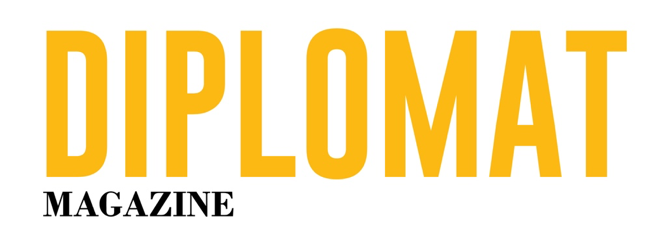Saint Patrick’s Day
1st The Hague Environmental Law Facility (HELF) lecture
The Hague Environmental Law Facility (HELF), a joint initiative of the Institute for Environmental Security and T.M.C Asser Institute, organises its first lecture on 4 April at 15:00 at the T.M.C. Asser Institute in The Hague.
This first lecture is organised in response to the upcoming International Court of Justice (ICJ) verdict on Whaling in the Antarctic (Australia v. Japan: New Zealand intervening). The scheduled speaker is Dr. Olivier Ribbelink, Senior Researcher of International Public Law at the T.M.C. Asser Institute. About HELF HELF is a new platform that aims to serve various functions: to advise and facilitate access to justice for parties with environmental problems or disputes, to involve law students in and around The Hague in solving environmental legal problems under supervision and against study credits (an environmental law clinic), and to organise academic lectures, trainings, workshops and conferences on the application and development of international, European and national environmental law. It will do this in the context of The Hague as Legal Capital of the World and in collaboration with the unique set of legal institutions based in The Hague. Further information on HELF and its upcoming activities will be made available at the lecture. By registering now, you will be informed about and involved in a discussion of the latest ICJ verdict.
Registration: http://www.asser.nl/
Further information on HELF and its upcoming activities will be made available at the lecture. By registering now, you will be informed about and involved in a discussion of the latest ICJ verdict.
Registration: http://www.asser.nl/Director-General Meets Russian Foreign Minister
Director-General Ahmet Üzümcü met today with the Minister of Foreign Affairs of Russia, Mr Sergey Lavrov, who is in The Hague to attend the Nuclear Security Summit (NSS).
The Director-General discussed with the Foreign Minister the ongoing OPCW-UN Joint Mission in Syria. The mission is a product of the U.S.-Russia framework agreement to destroy Syria’s chemical weapons programme, which was announced by Mr Lavrov and U.S. Secretary of State John Kerry last September in Geneva. Russia has provided material support for the Syrian government to move its chemical arsenal out of the country, and a Russian warship is providing security in Syria’s territorial waters and at the port of Latakia for the maritime transport operations. The Director-General commended the Russian Federation for its close engagement and vital support to the ongoing mission in Syria, and for the steady progress made by Russia in the destruction of its own remaining chemical weapons stockpiles. He updated the Foreign Minister on the schedule for destroying the Syrian chemicals and stressed that ongoing engagement by the Russian Federation at all levels will be vital to the success of the mission. “We are very honoured by your visit to the OPCW – the first by a Russian Foreign Minister – and we appreciate the support that’s been extended by the Russian Federation to our organisation over the past 17 years,” the Director-General told a media stakeout. “We also highly appreciate the leadership shown by the Russian Federation and the United States in the process of eliminating Syrian chemical weapons… and are looking forward to the successful completion of this project.” Mr Lavrov commended the OPCW for its work in Syria and assured the Director-General of Russia’s continued support for the mission.
“We highly appreciate the professionalism of your people in everything you’re doing and especially in the Syrian operation, it’s something where this professionalism is really needed very much.” Mr Lavrov said. “I’m glad the operation develops quite satisfactorily, and we have all reasons to believe the timing would be kept.” The meeting with Mr Lavrov is one of a series the Director-General will have this week with world leaders who are attending the NSS. The Director-General will attend the summit as a VIP observer.
Charles Blé Goudé transferred to the ICC
New Alliance Française
The Alliance Française Awaits You
By Nicole Pierre. It was a beautiful day in The Hague and the perfect day for an inauguration. Surrounded by the picturesque backdrop of The Hague’s city center, the Alliance Française de la Haye held the official opening ceremony of its new location in the prestigious Berlage Kantoor on Wednesday March 19, 2014. His Excellency Ambassador Pierre Ménat, Martin Beyer Director, Richard Schreurs, President and Marcel Bugter, President of the Federation of Alliance Françaises des Pays Bas, welcomed ambassadors from the various Francophone communities in The Hague, invited guests and sponsors alike. Ambassador Ménat, in his speech, highlighted the linguistic and cultural importance of the Alliance Française as well as the significant ongoing Franco- Dutch connections. The morning ended with a toast and well wishes for the prosperous future of the Alliance Française de La Haye.fr































